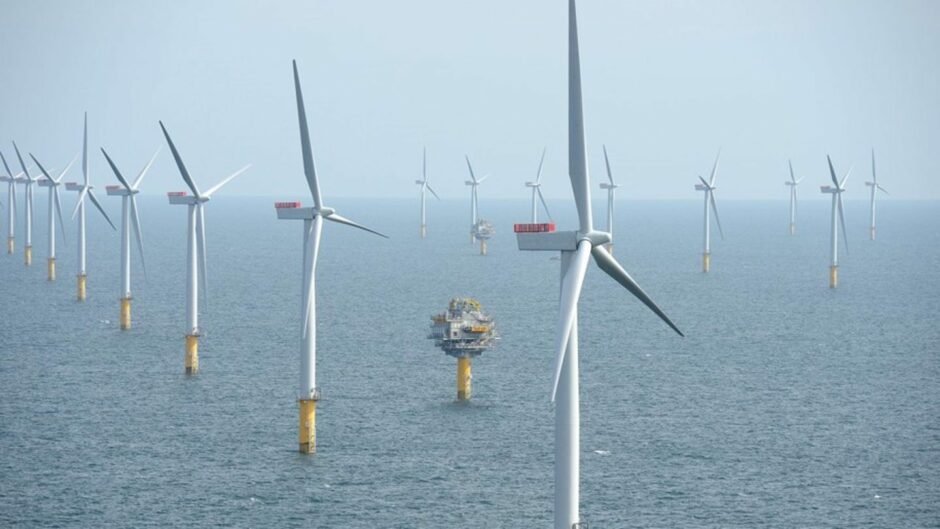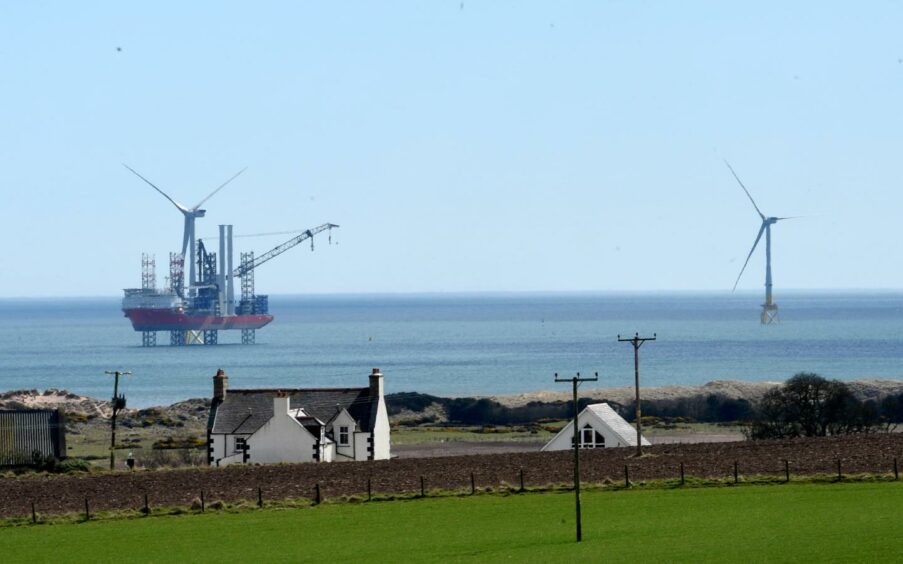
Legal experts have warned that the UK’s push for net zero and greater energy security may be undermined as thousands of renewables projects are stuck in a protracted planning and consenting process.
Despite the UK’s much-vaunted ambition around its renewables build-out, onerous paperwork, legal challenges and a lack of talent may be hindering progress.
“We’ve been involved in consenting energy projects for a number of years and in our experience it’s getting harder, it’s getting more complex and the time taken from project inception to delivery is getting longer,” explained Paul Maile, a partner at Eversheds Sutherland.
He points to a project like Dogger Bank – the mammoth 3.6GW Dogger Bank project being developed in phases off the coast of Yorkshire – for which application processes began in 2011. The project was later consented in 2015 and is now under construction, with a completion date in 2026.
“If you put that kind of timescale against some of the energy targets that the UK has set itself – particularly the 50GW of offshore wind by 2030 – you can see that that is going to be very challenging to achieve unless there is some step change in streamlining the process,” Mr Maile continued.
Data also shows the extent of the problem. According to the Government’s Renewable Energy Planning Database, nearly 1,500 energy infrastructure projects are marked as “awaiting construction” between 2001-2022, though the reasons are not disclosed.
Complex projects, sophisticated challenges
Mr Maile and his colleague, partner Daniel Freiman, point to a few areas of particular concern.
The volume of documentation and survey work required for an offshore wind scheme “is certainly more than it was at the outset,” the former suggested, causing application timelines to balloon from around 18 months to two, even three years.
Slow progress can also be caused by a lack of resource within major stakeholders – bodies such as Natural England or the Environment Agency – and local authorities to deal with projects of this size and scale, as well as the requirement to engage with so many such bodies over the course of an application.
“If you take offshore wind as an example…there is a lot of survey work and a lot of documentation that sits behind that,” he added. “You need to have a certain level of experience and expertise in order to be able to engage with that efficiently and the lack of resource available across the piece is really a challenging issue.”
It also means a whole project may move at the pace of the slowest stakeholder.
At the same time Mr Freiman – who was worked across national infrastructure projects in energy and other sectors – has observed the emergence of “more proactive set of claimant lawyers who are more sophisticated” in their approach to challenging projects and launching lengthy judicial reviews.
Such challenges are of course necessary to due process, and notably are not unique to wind and solar farms. However, the volume of projects in the pipeline means they may be “disproportionately affected” by legal claims.
It is worth noting that the problem of consenting is not unique to the UK. The Global Councils for both wind and solar energy in September urged G20 governments provide “robust investment signals and faster permitting” and to ensure their consenting processes were fit for purpose to support a swift energy transition.
The European sector too has called for similar measures.
‘Streamlined’ process
How then can the government look to amend these issues?
Mr Maile suggested one step would be to appoint “a strategic coordinator” who would oversee the administrative process on behalf of government and had the power to co-ordinate multiple stakeholders to ensure everyone is having the same discussions at the same time. (A similar idea has also been mooted to ensure the Scotwind process can deliver projects in a reasonable timeframe.)
He also advocated for “a resetting” of some expectations around the documentation required for major projects. “At the moment there seems to be a feeling that the more documents that you that you produce, the safer the process is going to be – and the consequence is it takes longer to produce.”
Alongside that he made the case for a more “streamlined” decision making process aligned with overall targets for delivery of infrastructure. These would set clear expectations and timetables to provide confidence for developers and their investors – which in turn means they can engage earlier with the post-consenting processes such as the supply chain and Contracts for Difference (CfD).
Willingness from government to change the system and ensure capacity is built does already exist – England’s Planning Act 2008 already includes targets for the timeline in determining applications.
Mr Freiman continued: “I think there’s a recognition of the need to get energy projects particularly consented in order to meet the targets that have been set, and the process needs to help to deliver that.
“Work [on that] is happening. But it would be good to see some of those reforms being brought forward a little bit more quickly.”
And some progress is being made. Last week the Scottish Government unveiled a draft of its National Planning Framework 4 (NPF4) which makes an explicit requirement to “encourage, promote and facilitate all forms of renewable energy development onshore and offshore.”
The amendments were welcomed by the Scotland’s renewable energy industry, which described the framework as “a remarkable and major step forward”.
Mr Maile too said it was “undoubtedly a step in the right direction towards helping Scotland to achieve its net zero ambitions.
“However, for those to be achieved, the driver created by the policy needs to be accompanied by an efficient and effective planning system, and decision making that reflects the stated policy.”
Despite the delays seen at present however, he remains confident that a reformed system can still work for the benefit of all parties – but time is now of the essence.
“I am positive because I see the number of projects that are coming through, I see the desire for developers to bring forward those projects and I can see a desire within government and stakeholders to try and make it work,” he said.
“Everyone wants to push in the right direction.
“It’s just the question of whether we’re going to get there, because realistically we don’t have that much time. You have to have those projects consented within the next couple of years if you’re going to hit 2030, and that’s going to be a huge challenge.”

